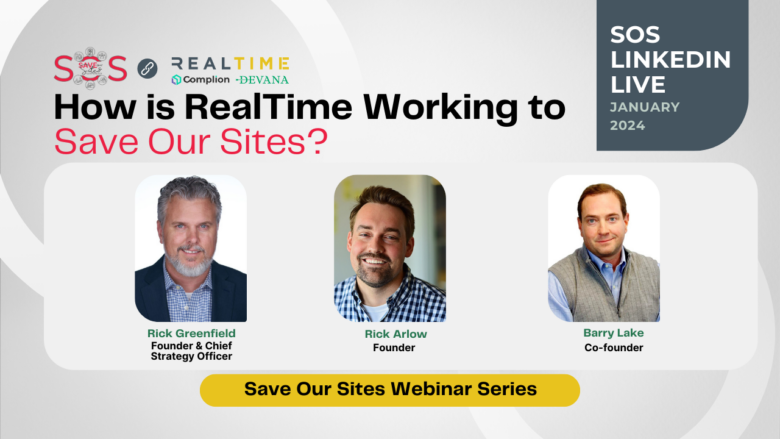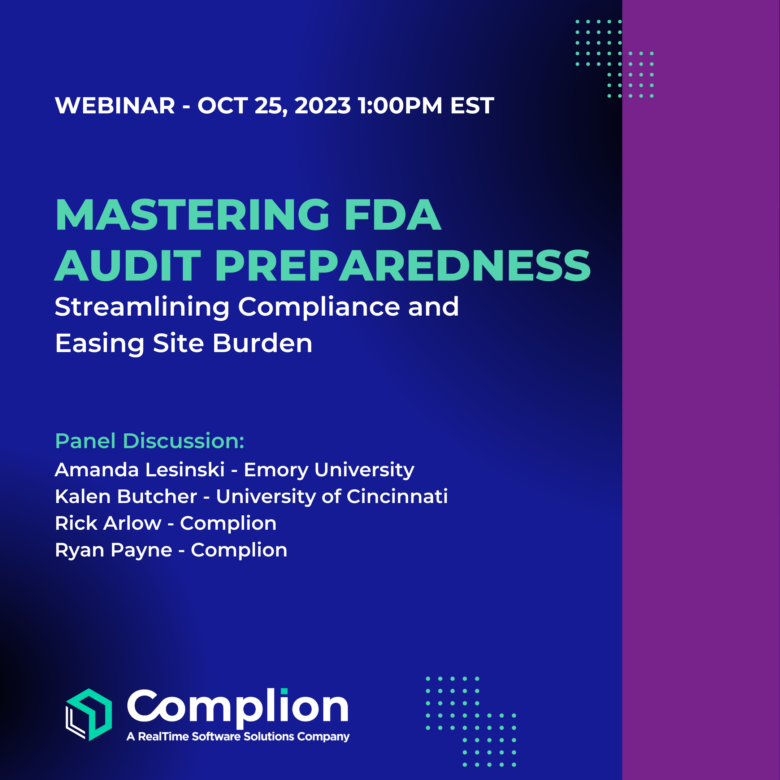In our first post in this series, we outlined CPR’s selection process for an eRegulatory solution. After meeting with a number of solutions providers and determining Complion would be their vendor of choice, it was now time to move onto the implementation phase.
But first, CPR needed to determine a few things before beginning this step:
- Develop an understanding of the site infrastructure. In regard to IT, what type of hardware and software systems were already in place? What was the composition of the staff and what would their user roles be within the eRegulatory system? Would coordinators have access to everything or would they need admin responsibilities to edit major parts of the binder? Or would that user role be relinquished to just the regulatory manager and the director?
- Develop workflows. The site needed to determine the timelines and what would be set as the precedent for filing documents. Additionally, they needed to determine how all the documents would be named in the system.
- Create and edit SOPs for eRegulatory system and validation. They needed to determine who would be using the system, and how to streamline all the signatures.
“We knew it would not be just the coordinators using the system, but the principal and sub investigators as well,” says Julia Brenner, MHA, finance and regulatory manager for Coastal Pediatric Research. “We wanted them as comfortable working in the system as we were on the site level so they would be able to enter the system, look at the protocols if they wanted to utilize the resources in the binder itself, and to also go in and complete tasks such as training and other signatures on the documents that we require for our SOPs.”
On the subject of SOPs, CPR had to take a good look at their current process and determine how they could make improvements in the workflows to adopt an eRegulatory system. As a result, they had to edit their SOPs quite a bit to confirm that such an electronic solution was really going to help phase out paper binders.
The site began by setting up some strategic goals for timelines and document competition. One of the larger areas uncovered during the process was that the site discovered they were investing a great deal of time keeping track of when GCPs and CVs of investigators and site staff would expire. As CPR grew larger and the number of studies they were conducting increased, it was evident that someone’s CV or GCP training would expire before they had ample time to renew.
“That was one area where we set up a report in Complion on the back end to help the credentialing department see the status of CVs, medical licenses, or GCP training. This provided the department with enough visibility to begin reminders well before expirations occurred,” Brenner points out.
Another area of concern was the turnaround time on signatures. As a large pediatric group with several research sites, it would often take as long as 5 days for CPR’s staff to travel between all the locations to gather the required signatures. So, CPR set a goal of 48 hours to collect them, and several months after implementation, they were now hitting within that timeframe.
“We also had to rethink how we were going to complete our regulatory documentation without duplication of efforts,” adds Brenner. “We would often print out email correspondence, file it in the paper binder, and then copy that email and place it on our internal server.”
This cycle of redundancy is something CPR continues to focus on, particularly as it relates to the coordinators’ processes.
Brenner shares an example: “We get requests to send regulatory documents electronically or to send the most recent 1572. We remind our monitors that they have access to Complion and can pull that information or download the source at any time. There is no need to ask us for it. If there is a discrepancy, we’re happy to address that, but we are not going to duplicate efforts by sending something the monitor has access to download themselves. We continue to encourage and coach our coordinators to push back and remind the monitors the information is in Complion and they have access.”
This was perhaps one of the hardest steps for CPR; breaking a cycle everyone was accustomed to and would be so easy to fall back into — where the process was primarily paper based — and rethinking how to complete documentation electronically without duplication [paper files].
“It’s a case of getting comfortable being uncomfortable and changing some of your workflows,” admits Brenner. “That itself can be a huge undertaking.”
Next, Part 3 in this series: How Coastal Pediatric Trained Staff on the Complion eRegulatory platform.
To learn more about Complion’s platform, schedule a demonstration.
ICYMI (In Case You Missed It):
The first post in this three-part series: How Coastal Pediatric selected an eRegulatory solution.


